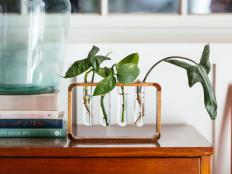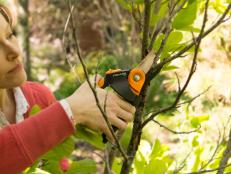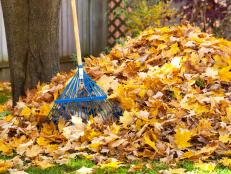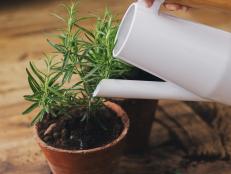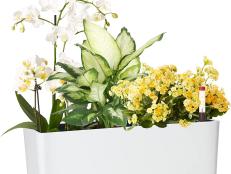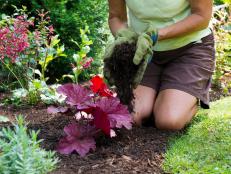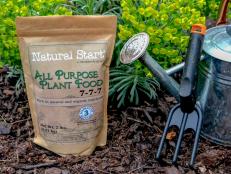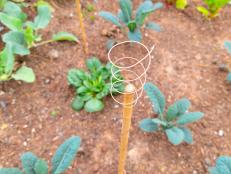Propagating Plants With Ease
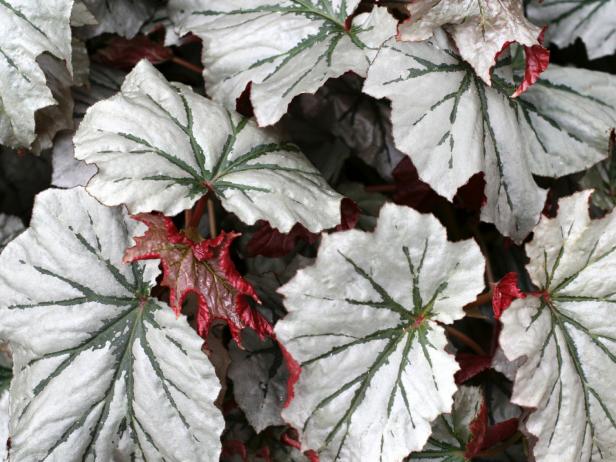
Begonias can be propagated using the leaf section cutting method.
Increase your collection of plants and save money in the process. With propagation, you can create new plants from old ones. Use these techniques and tips to ensure success for soft stem, or herbaceous, plants:
Start with a potting mixture of peat and perlite - or any high-quality, lightweight potting medium (read the label for safe handling instructions). Just press the potting medium into trays or pots and make sure it's thoroughly moistened before planting anything in it.
Stem Cutting
- Remove a 3- to 4-inch section of the stem. Make sure the cutting has several leaf nodes, the points at which the leaves emerge from the stem.
- Strip away the lower leaves from the stem.
- Dip the stem into a liquid or powder rooting hormone.
- Create a hole in the medium using a pencil to prevent the rooting hormone from rubbing off when the stem is placed in the potting mixture.
- Place the stem in the potting mixture.
Leaf Cutting
- Pinch or cut a healthy leaf from the plant.
- Dip the leaf stem into rooting hormone.
- Place the stem into potting mixture, or start the rooting process directly in water.
Leaf Propagation
- Select a healthy leaf and sever each of the main veins.
- Turn the leaf, vein side down, and make sure that each vein has direct contact with the potting medium.
- To keep the leaf in place, use a hairpin or fashion a pin out of floral wire, and straddle each main vein with the pin and press into soil.
Leaf Section Cutting
- For a plant like begonia, cut the leaf into a triangular shape. Dip one side of the leaf in rooting hormone and place that side into the growing medium.
- You can also cut several sections from one leaf from a plant like mother-in-law's tongue. Be sure to plant the leaf in the direction it was growing. Dip the bottom of the leaf section in rooting hormone and plant it into the growing medium.
Air Layering
(for woody plants like ficus)
- Choose a 4-inch section of stem that is at least pencil thick. With a clean, sharp knife, make a shallow slit on two sides of the stem.
- Place wet sphagnum moss on a 5-square-inch sheet of plastic and wrap it around the wound.
- Tie the plastic onto the stem using a cut elastic band at the top and bottom of the plastic wrap.
Humidity levels are very important for the growth of all cuttings. When planting the cuttings in a tray, use a plastic cover to hold in the moisture. You can hasten the rooting process by placing cuttings in an area with bright, indirect light and with a temperature between 60 and 75 degrees. You should see plantlets forming in six to eight weeks.







